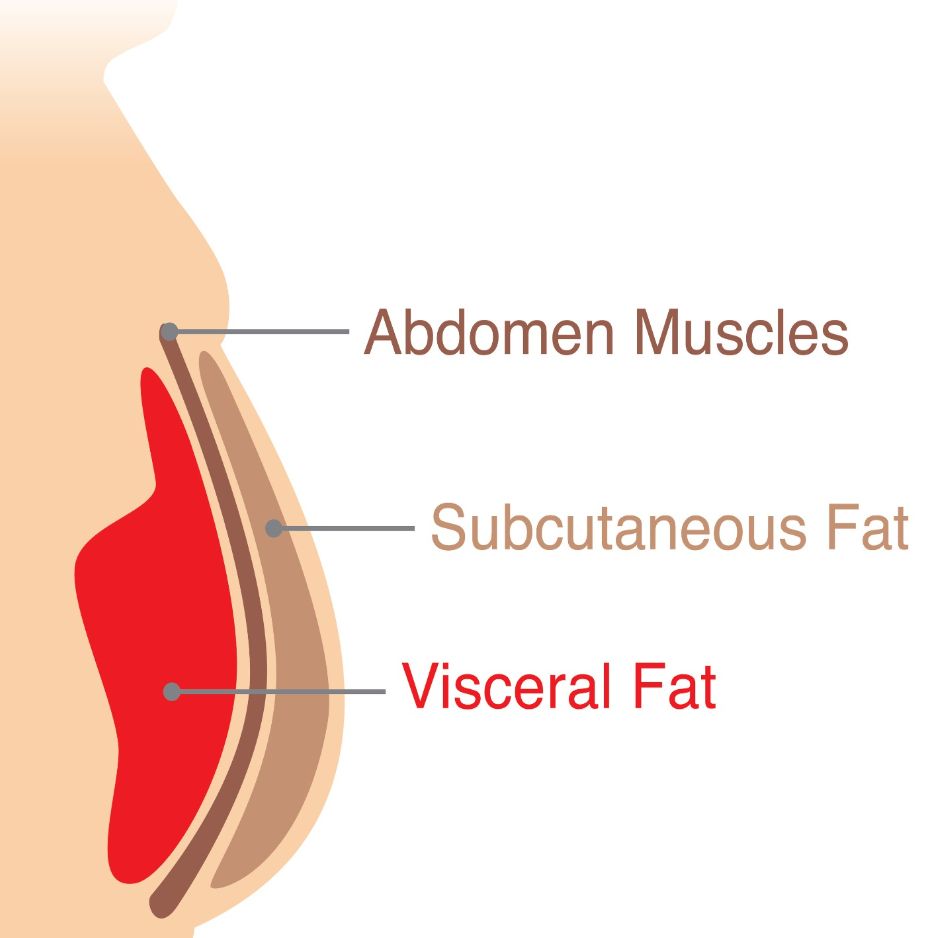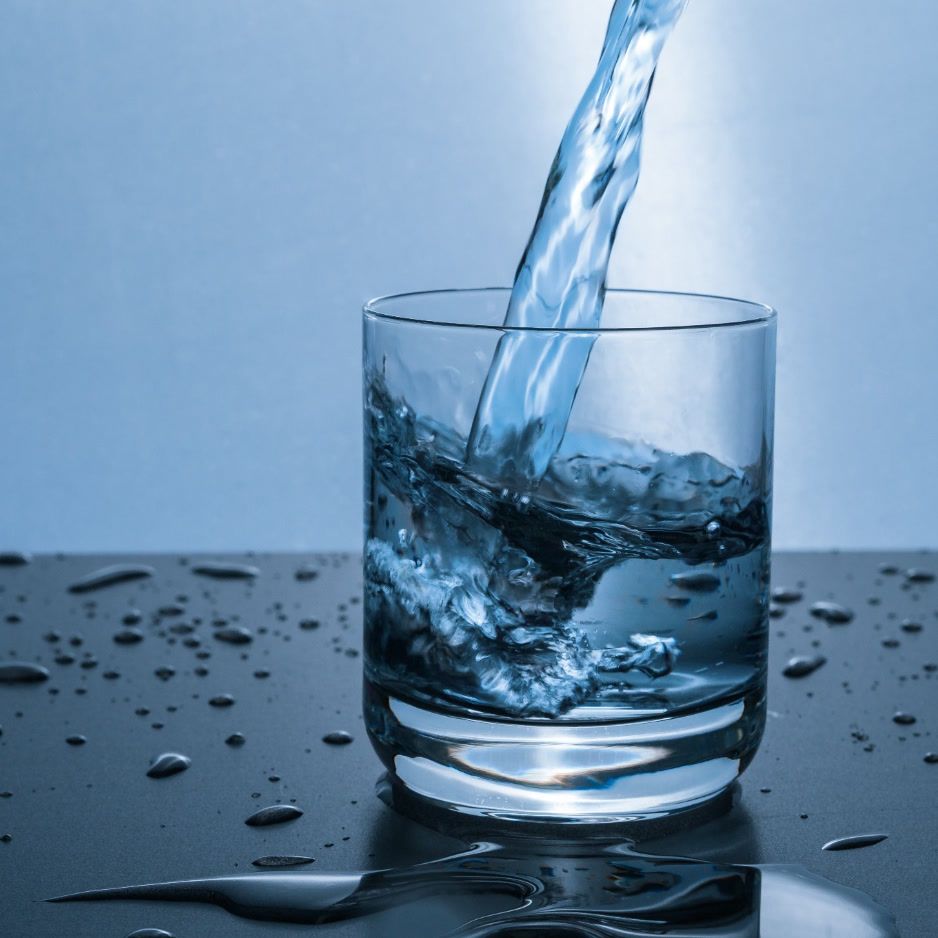M81.0 Diagnosis Code: A Coder's Guide

M81.0 Diagnosis Code: A Coder's Guide
This guide provides a concise, professional reference to the M81.0 diagnosis code with practical coding tips, exclusions, crosswalks, and billing pairings.
Quick answer
- Billable ICD-10-CM code: M81.0 — Age-related osteoporosis without current pathological fracture (ICD10Data, AAPC)
- Synonyms in Tabular/Index: involutional, postmenopausal, senile osteoporosis (without current fracture) (AAPC)
- Effective for the current ICD-10-CM fiscal year (see source page) (ICD10Data)
- Excludes1: osteoporosis with current pathological fracture → M80.- (M81 section notes)
- Use additional, if applicable: M89.7- (major osseous defect) and Z87.310 (personal history of healed osteoporosis fracture) (AAPC)
- ICD-9-CM crosswalks: direct → 733.01 (Senile osteoporosis); approximate → 733.00 (Osteoporosis, unspecified) (ICD10Data Convert M81.0)
What Is the M81.0 Diagnosis Code?
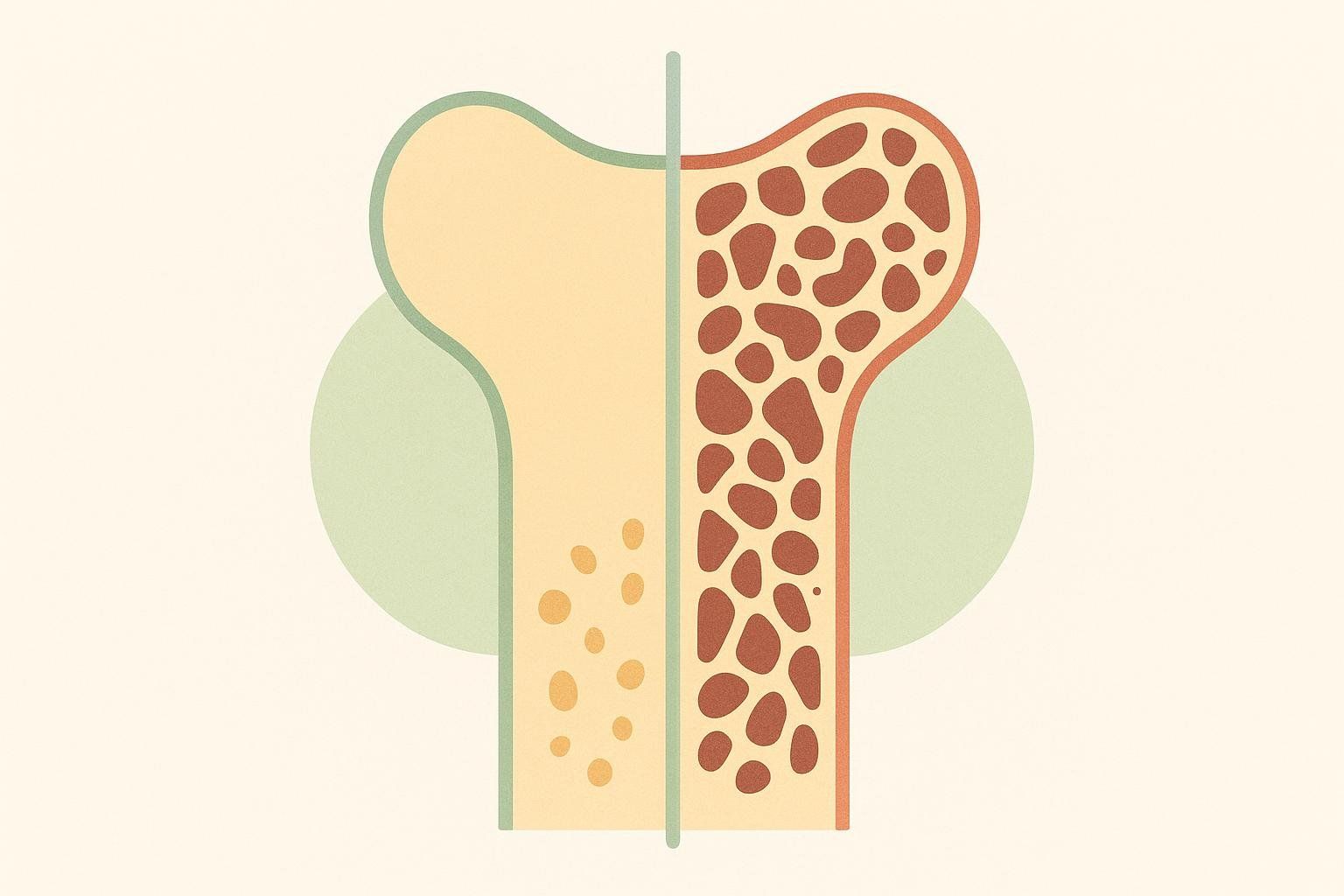
M81.0 indicates clinically documented, age-related (primary) osteoporosis when there is no current pathological fracture. Common documentation phrases that map to M81.0 include “postmenopausal osteoporosis,” “senile osteoporosis,” and “involutional osteoporosis,” provided no active fracture is present (AAPC).
Clinically, osteoporosis is typically diagnosed by central DXA when bone mineral density is sufficiently low. Many guidelines define osteoporosis as a T-score of -2.5 or lower on a diagnostic hip/spine DXA, interpreted by a clinician (BodySpec explainer; general DXA context: NIAMS, CDC).
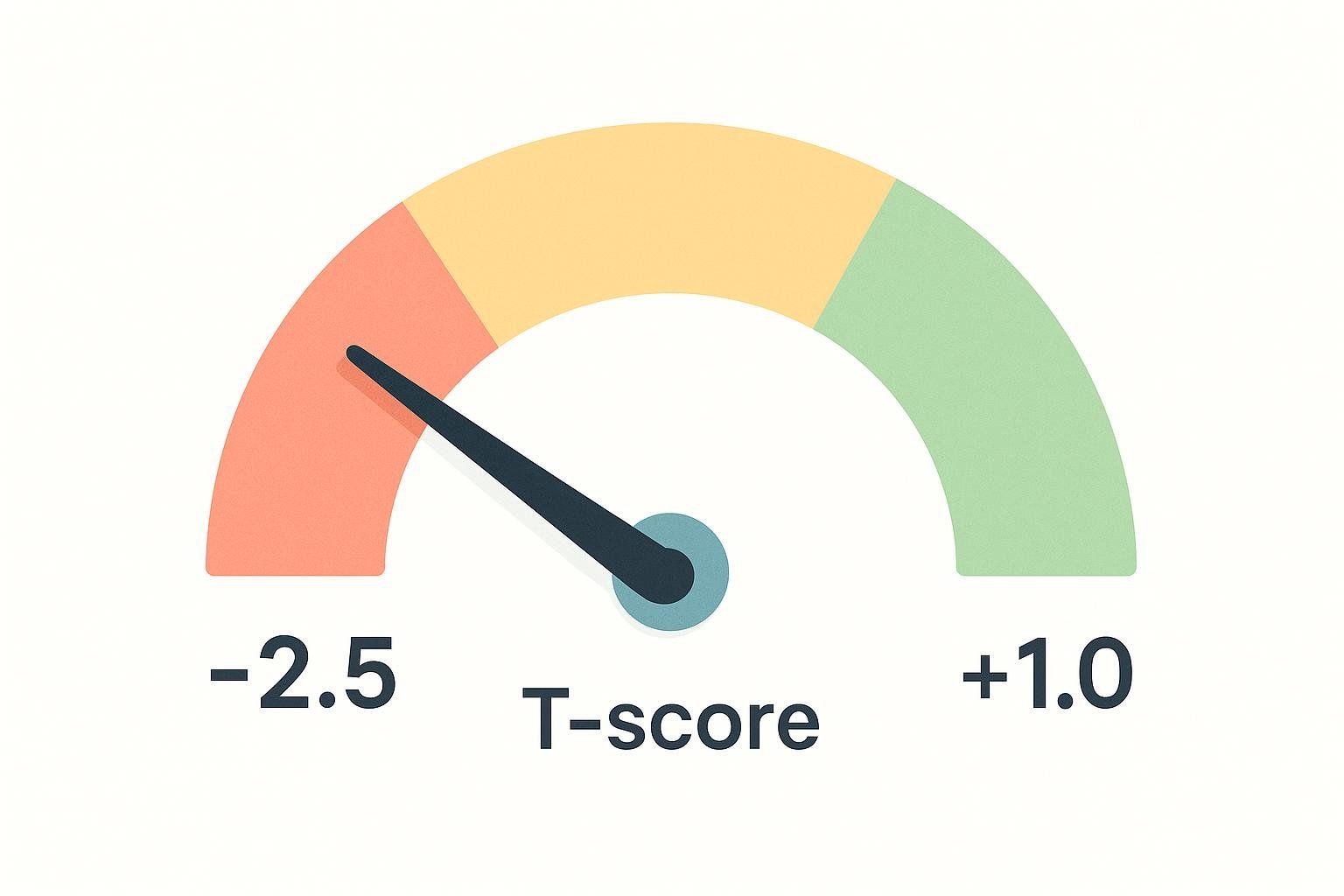
M81.0 specifically covers age-related osteoporosis. For other causes (e.g., long-term glucocorticoids), see the M81.4/M80.4- families.
Excludes and “Use Additional” notes (fast lookup)

- Type 1 Excludes (not coded here):
- Osteoporosis with current pathological fracture → M80.- (M81 section notes)
- Sudeck’s atrophy → M89.0 (AAPC)
- Use Additional, if applicable:
M81.0 vs M80.x: the 10-second rule
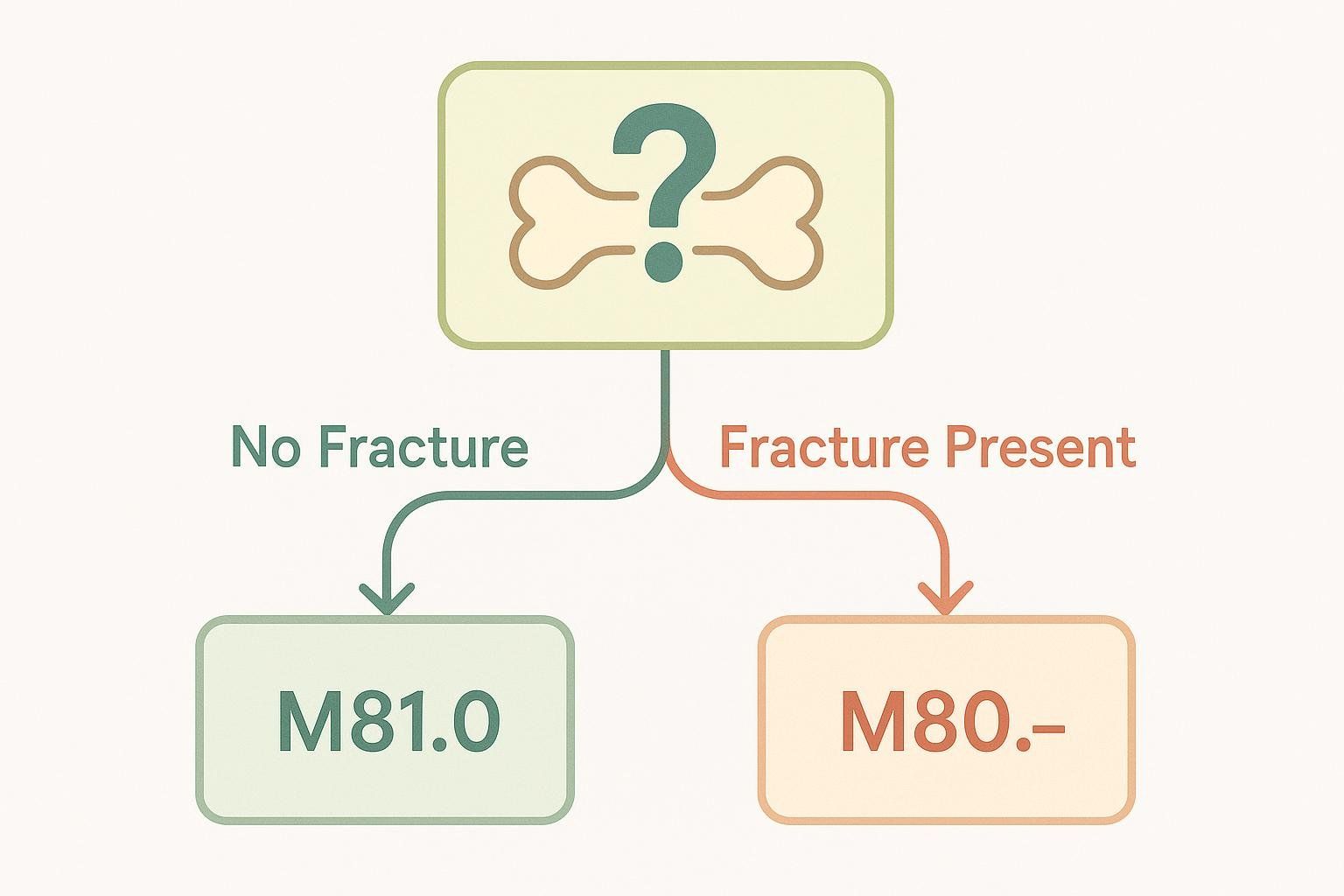
- Fracture present now (caused by osteoporosis)? → Code an M80 subcode with site, laterality, and 7th character (for encounter type: A/D/G/K/P/S).
- No current fracture today? → M81 family. For age-related primary osteoporosis specifically, M81.0.
For a complete decision map and examples, see Osteoporosis ICD-10 Codes guide.
Step-by-step: How to decide if M81.0 fits

- Confirm no current pathological fracture is documented at this encounter.
- Confirm the etiology is age-related (postmenopausal/senile/involutional) rather than drug-induced or other secondary causes.
- If documentation supports age-related osteoporosis without fracture, assign M81.0.
- If documentation indicates osteoporosis due to a drug (e.g., chronic glucocorticoids) without fracture, consider M81.4 (drug-induced). If a fracture is present, choose M80.4- and append the correct 7th character.
- Add any applicable “Use Additional” codes (e.g., Z87.310 for personal history of healed osteoporotic fracture).
- For patient education and care planning, reference the diagnostic DXA report (T-scores, Z-scores) and consider fracture-risk tools (e.g., FRAX). See BodySpec’s Interpreting DEXA Scan Results and FRAX how-to.
General guidance on code selection and sequencing is found in the annual ICD-10-CM Official Guidelines (FY2025) published by CMS/NCHS (guidelines overview).
ICD-9 crosswalk
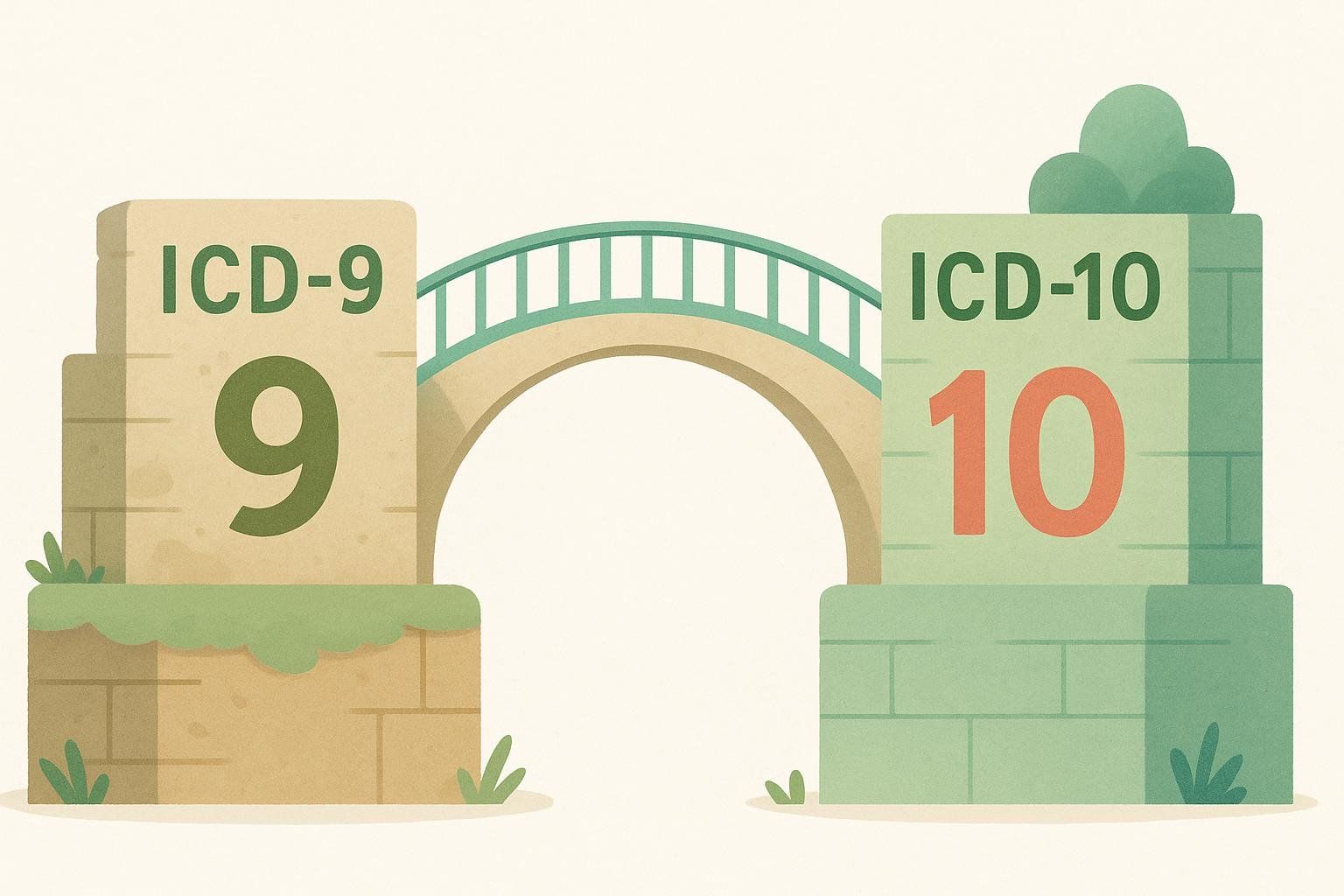
- Direct: 733.01 — Senile osteoporosis
- Approximate: 733.00 — Osteoporosis, unspecified
Source: CMS General Equivalence Mappings (ICD10Data Convert M81.0).
Common pairings for diagnostic bone-density services (CPT)
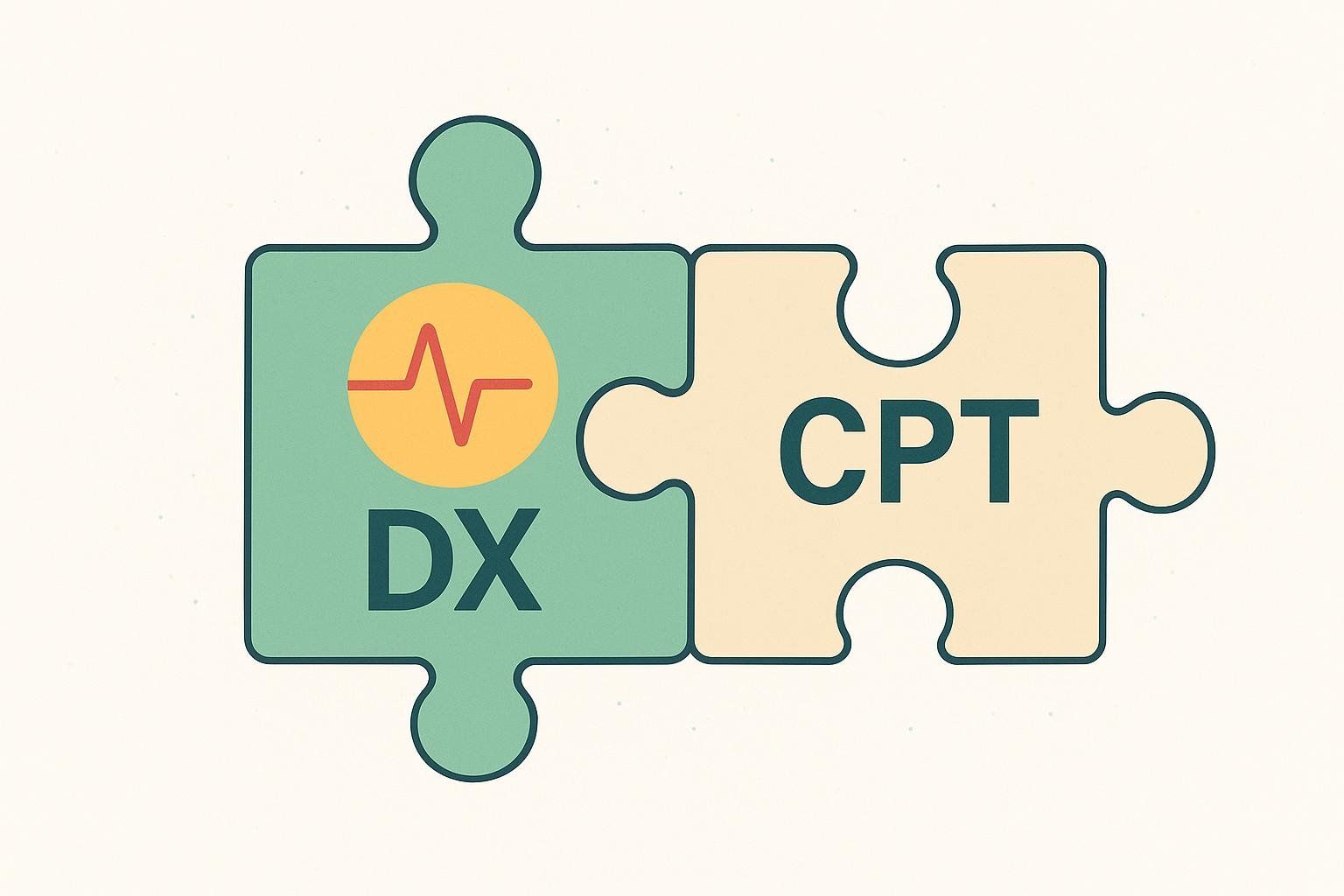
While BodySpec offers non-diagnostic full-body DXA for wellness tracking, clinicians typically order diagnostic DXA for medical decision-making.
- Most common diagnostic DXA CPT: 77080 (axial skeleton)
- Often combined add-on: 77082 (vertebral fracture assessment)
- M81.0 commonly supports medical necessity for 77080 in many MAC coverage lists (example LCD articles: Palmetto A59040; CGS A57132)
For detailed guidance, see our articles on Bone Density ICD-10 + CPT Codes and Bone Density Test CPT Codes: Billing & Documentation.
Documentation checklist (to minimize denials)
- Diagnosis stated clearly as age-related/postmenopausal/involutional osteoporosis.
- Explicitly note: no current pathological fracture.
- Include pertinent risk factors and prior fracture history (add Z87.310 if applicable).
- If drug-induced or secondary causes are suspected, document the cause and select the appropriate code family (M81.4 or other).
- Tie the assessment to the latest diagnostic DXA report and fracture-risk evaluation where relevant (context: NIAMS).
Real-world coding scenarios
- Annual wellness visit for a 72-year-old with postmenopausal osteoporosis, no new fracture → M81.0.
- 68-year-old with vertebral compression fracture due to osteoporosis, initial encounter → pick appropriate M80.08XA (M80 = with current fracture; select correct 7th character). See examples in our M80 vs M81 guide.
- 66-year-old on long-term glucocorticoids with documented osteoporosis but no current fracture → M81.4 (drug-induced). Add long-term drug therapy status if documented per payer policy.
- 75-year-old with history of a healed hip fracture, routine follow-up with no active fracture → M81.0 + Z87.310 (history of healed osteoporotic fracture) (AAPC note).
Related BodySpec Guides
FAQs
Is M81.0 the same as “postmenopausal osteoporosis”?
Yes—when no current pathological fracture is present, postmenopausal/involutional/senile osteoporosis map to M81.0 (AAPC).
When should I use M81.4 instead?
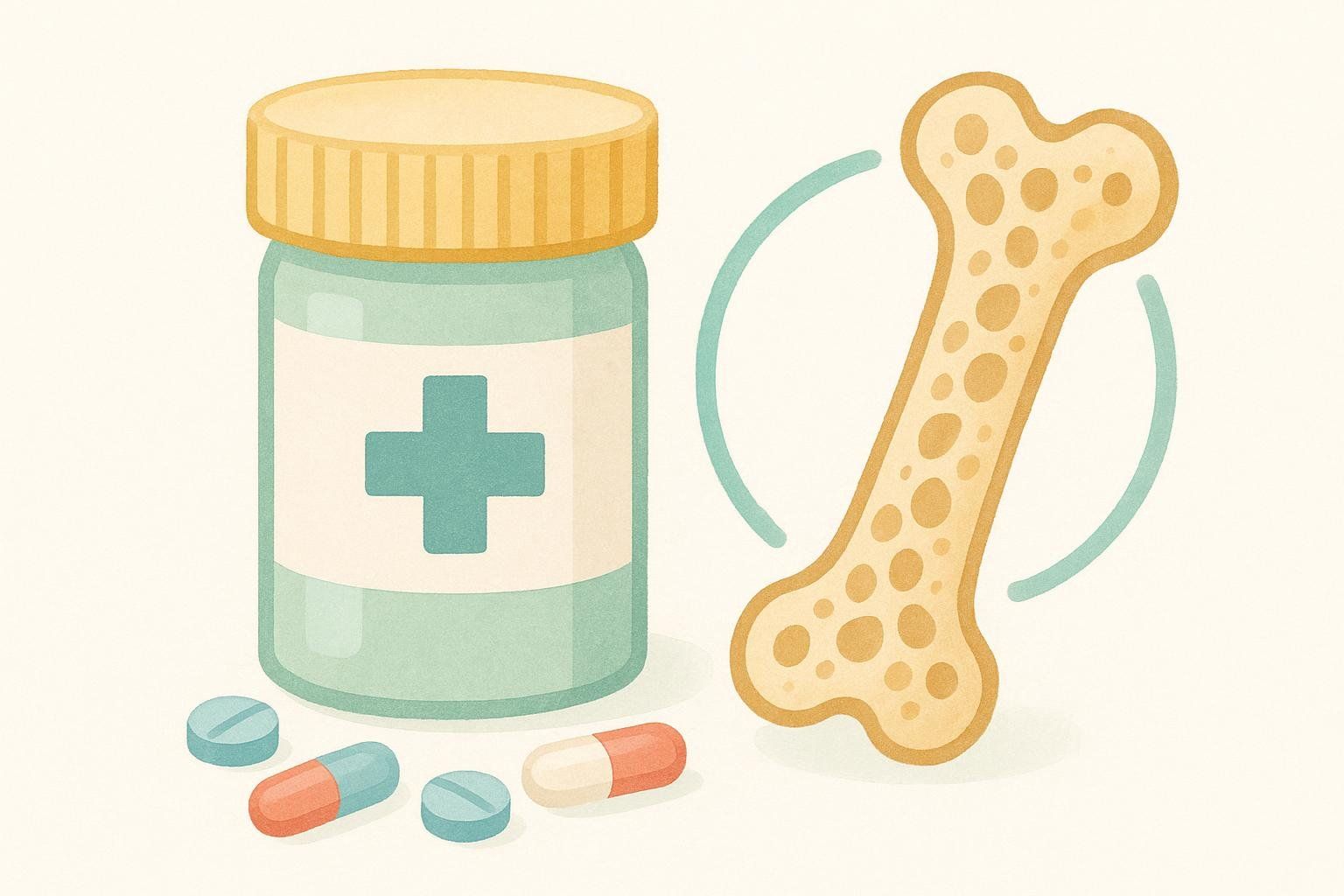
Use M81.4 for drug-induced osteoporosis without fracture; use M80.4- if there’s a current pathological fracture. See FY2025 Official Guidelines for general sequencing conventions (CMS/NCHS).
Can M81.0 support a diagnostic DXA (77080) claim?
Often yes—many MAC LCDs list M81.0 among covered ICD-10 codes for 77080; always check your contractor’s current article (e.g., Palmetto A59040, CGS A57132).
Where can I brush up on interpreting T-scores and Z-scores?
See our clinician-friendly walkthrough: Interpreting DEXA Scan Results, plus general patient education from NIAMS.
BodySpec note for professionals
BodySpec offers non-diagnostic, whole-body DXA for wellness tracking (body fat, lean mass, visceral fat, plus a bone-density estimate). For official diagnosis and coding, a physician-ordered diagnostic central DXA (hip/spine) should be used (commonly billed under CPT 77080). Professionals can direct patients to book a wellness DXA scan when a wellness assessment is appropriate, and pursue diagnostic imaging through standard clinical pathways when indicated.
Sources
- ICD10Data: ICD-10-CM Diagnosis Code M81.0
- AAPC: ICD-10 code M81.0
- ICD10Data: Convert ICD-10-CM M81.0 to ICD-9-CM
- NIAMS: Bone Mineral Density Tests—What the Numbers Mean
- CDC: Facts About Bone Density (DEXA Scan)
- CMS/Palmetto GBA: A59040 Billing and Coding—Bone Mass Measurement
- CMS/CGS Administrators: A57132 Billing and Coding—Bone Mass Measurement
- ICD-10-CM Official Guidelines for Coding and Reporting FY 2025
